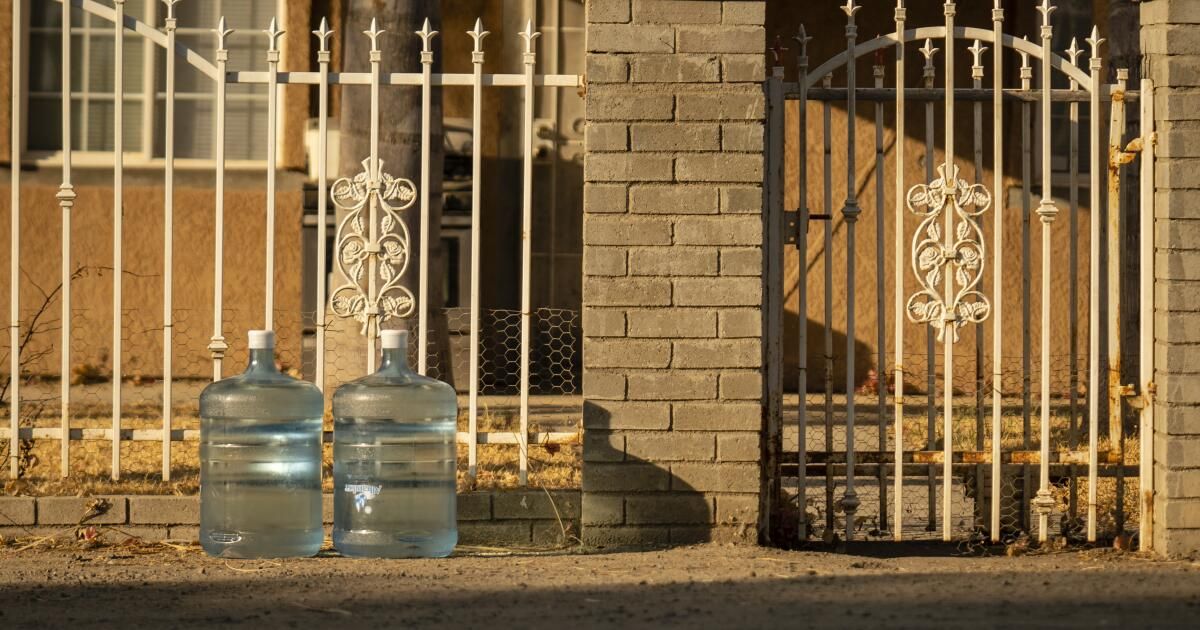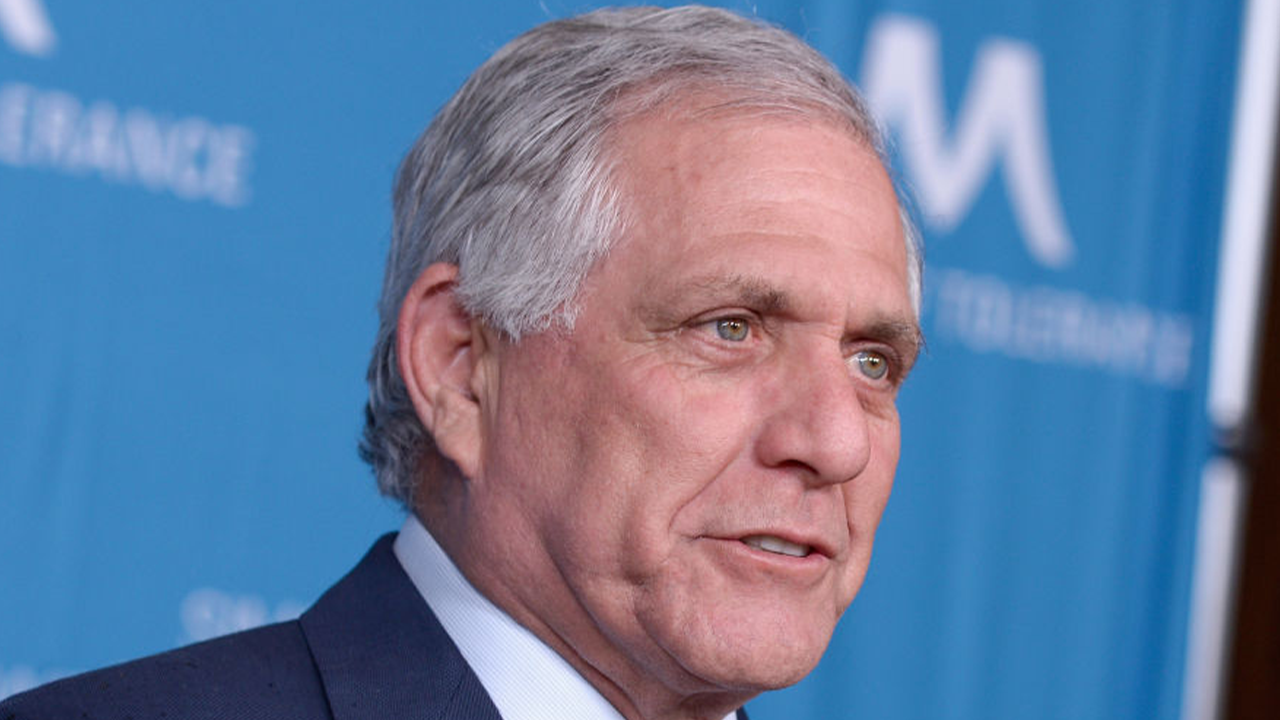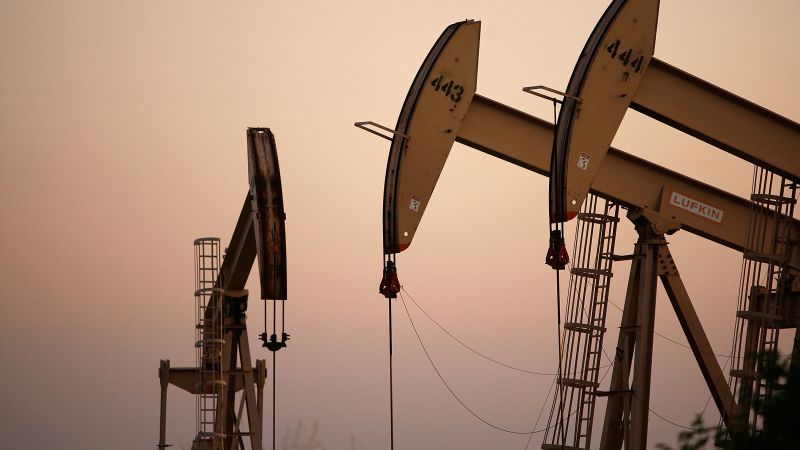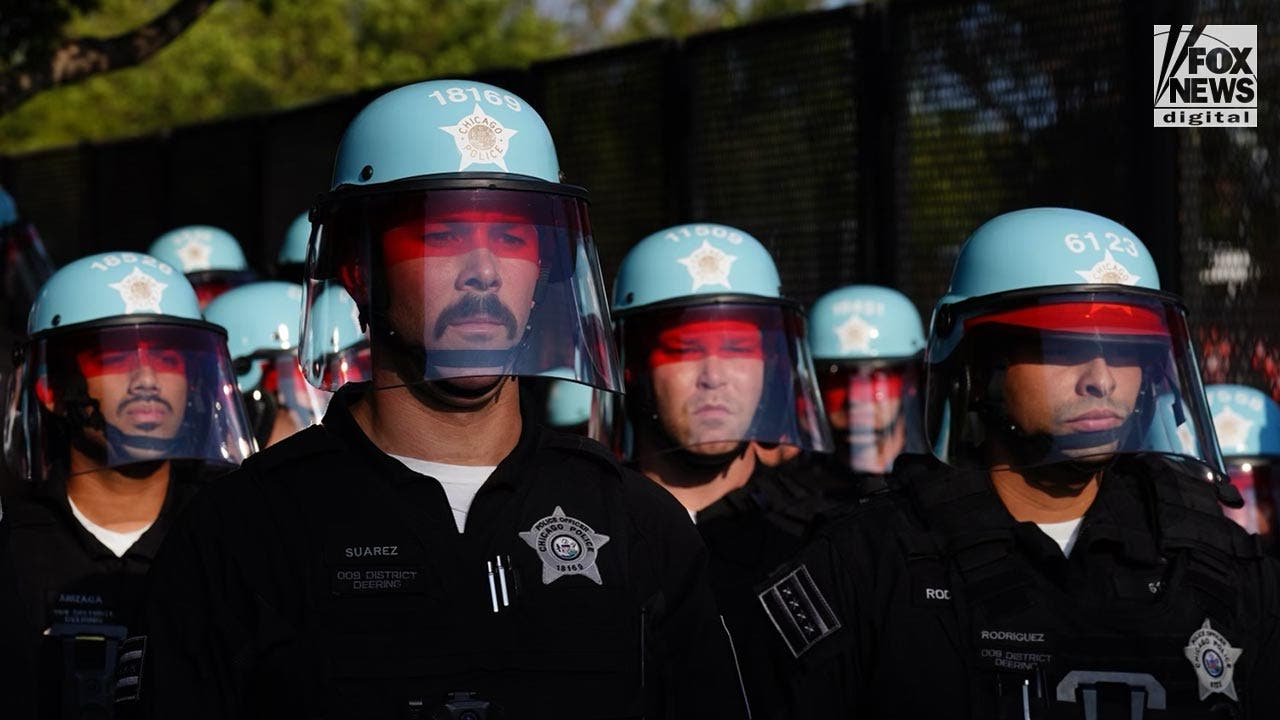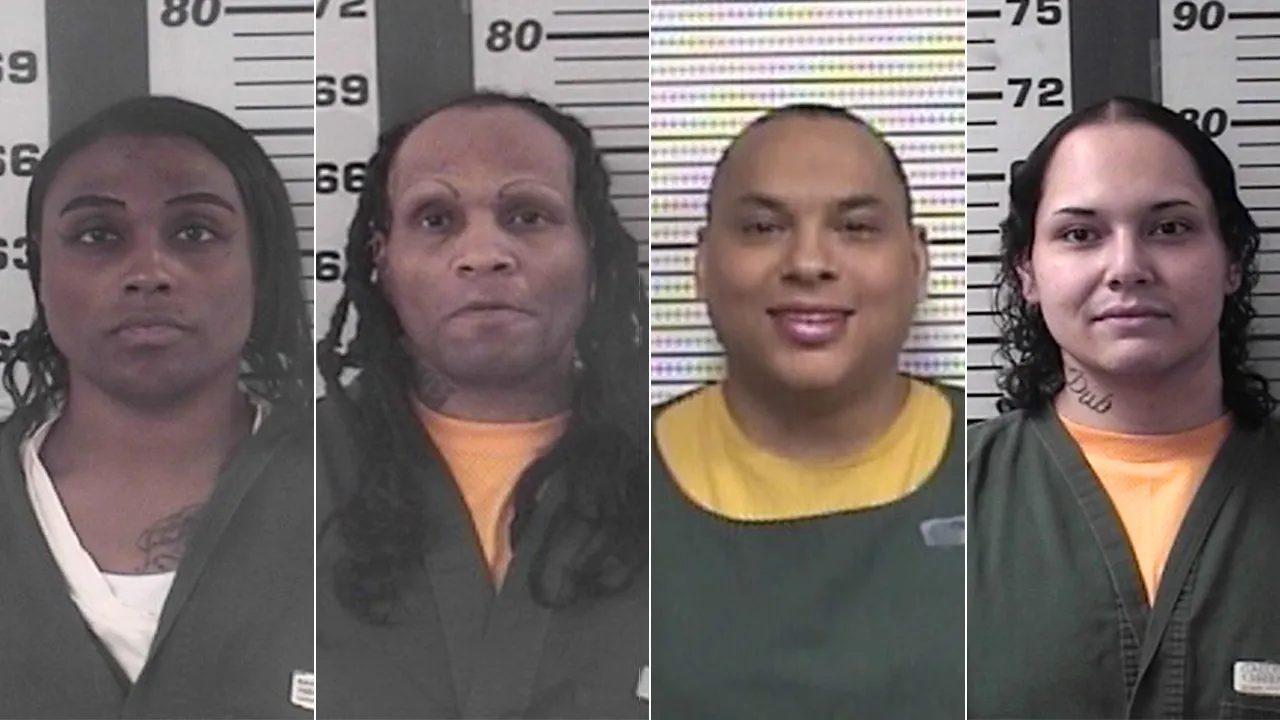California has made significant progress helping small communities address contaminated drinking water problems, but the costs of bringing drinking water to hundreds of communities over the next five years will total more than $11.5 billion, according to a new state estimate.
In a recently released report, State Water Resources Control Board staff estimated that as of early this year approximately 913,000 Californians relied on public water systems that do not meet drinking water regulations, while 1.5 million additional people depended on water. systems that are considered “at risk.”
Officials conducted the assessment nearly five years after the state established the Safe and Affordable Funding for Equity and Resilience, or SAFER, drinking water program. They said in the report that, under the program, the state water board has awarded more than $831 million in grants for drinking water projects in disadvantaged communities since 2019, and that around 250 failing water systems serving more than 2 million people have met drinking water standards.
“What our analysis has shown time and time again is that the common denominator is size,” said Joaquin Esquivel, chairman of the state water board. “Small systems struggle, especially in communities that have experienced discrimination and disinvestment, and their challenges will be amplified as the climate becomes more extreme, new pollutants emerge and costs rise.”
Aggressive and impactful reporting on climate change, the environment, health and science.
California declared access to clean, safe, and affordable water a human right in 2012, but the state has faced significant challenges in developing policy and obtaining adequate funding to provide solutions to communities where people live on tap water. contaminated.
In small rural communities across the state, water pumped from wells contains harmful levels of contaminants, including naturally occurring arsenic, bacteria from sewage leaks, nitrate from animal manure, fertilizers or other sources, and carcinogenic chemicals.
Not all systems considered defective deliver contaminated water, but many of them have at least one contaminant at levels that violate safe drinking water standards.
According to state data, about 56% of the 385 failing water systems serve disadvantaged communities, and 67% of them serve majority communities of color.
“All of our current failing water systems are on track to move off the failure list,” said Kristyn Abhold, senior environmental scientist for the state water board. “They are working on long-term solutions, and our staff and financial resources are being directed to those who need it most.”
State water regulators have found that the vast majority of failing water systems serve a small number of residents, while 98% of the state's population receives water from sources and suppliers that meet drinking water standards.
For a water system to comply with regulations, not only funding but also planning, engineering work and permits are needed, Abhold said.
State officials have evaluated other communities that are at risk by looking at the possibility of water quality violations or water shortages, among other factors.
The number of people affected has fluctuated in recent months, as some water systems have been removed from the list and others have been added. The state's latest estimates show that 738,000 people currently receive water from failing systems, while more than 1.8 million people depend on 548 systems whose drinking water supply is considered at risk.
The state report includes estimated costs for infrastructure solutions, such as installing treatment systems, drilling a new well or consolidating by connecting one water system to another.
The estimated costs of the solutions in the latest report were substantially higher than previous state estimates. In 2021 report, the state water board included a range of estimated costs of up to $9.1 billion. Officials said this time they used new methods and improved data, including more water systems and risks in their analysis.
According to the report, the estimated costs of long-term solutions for failing and at-risk public water systems total $6.6 billion over five years, while the costs of solutions for “high-risk” small water systems and domestic wells total $4.9 billion.
Those combined costs, totaling more than $11.5 billion, would be significantly higher if loan repayment costs and operation and maintenance costs are included, the report said, raising the total estimated cost of “achieving the human right to water.” ” to $15.9 billion.
Officials projected there will be $2 billion in state grant funds available over five years, as well as $1.5 billion in state loans, leaving a substantial gap in available funds. Officials said much of the money to address the problems may have to come from “local cost-sharing” funds raised through rates, fees and taxes.
The report's highest cost estimates were released amid debates on budget cuts in Sacramento.
Citing recent cuts, more than 180 organizations, including environmental groups and other organizations, wrote to state leaders urging them to approve placing a $10 billion bond on the November ballot to provide “direct, significant investments in California communities and natural resources most impacted by climate change.”
As part of that ballot measure, they asked that $1 billion be included for drinking water and wastewater infrastructure for communities and tribes.
The groups' leaders wrote that “recent and proposed cuts to funding for such programs have generated a consensus that additional bond funding is necessary to ensure priority programs continue beyond this year.”
Jennifer Clary, California director of the group Clean Water Action, said, “Drinking water infrastructure is not a luxury item. Without these projects, thousands of Californians will continue to lack access to safe, clean drinking water.”
Clean water advocates have also raised concerns as state officials review the costs of a program that provides home tanks and trucked water to thousands of low-income families whose wells have run dry.
More than 3,000 domestic wells have gone dry across California since 2020, according to reports filed with the state. Those with dry wells have begun to rely on water delivered by tanker trucks to fill their tanks, while also receiving bottled water.
Leaders of the nonprofit group Self-Help Enterprises, which manages the water transportation effort, recently urged Gov. Gavin Newsom and other state leaders to reject proposals that would take away critical funding from the program. they wrote in a letter of June 11 that taking away $17.5 million “would cut off access to water for more than 20,000 people still waiting for a permanent solution.”
The letter, which was first reported by the news site. SJV WaterIt was also signed by leaders of other organizations, including the Community Water Center and the Union of Concerned Scientists.
“The reversal of these funds will cut off access to water for more than 20,000 people still waiting for a permanent solution,” the groups stated. “Cutting funding for such a crucial program would have devastating effects on rural and disadvantaged communities, immediately depriving them of their only source of water supply, and doing so without warning.”
Leaders of some groups later said funding for the program had been restored.

